LOS ALAMITOS, Calif. — Within the past few years, requirements to take the SAT and ACT, once seen as the deciding factor in college admissions, have been changing. When COVID-19 emerged, many schools decided to go test-optional to combat the unpredictable situation, including all University of California campuses and all California State University schools.
Now that the world is adapting to life after the pandemic, colleges such as M.I.T., Caltech and Stanford have recently chosen to reinstate test requirements, throwing another curveball to students navigating the admissions process.
Both nationally recognized standardized tests, the SAT and ACT are used by college admissions offices to gauge a student’s academic proficiency. Many schools use these exams to measure the college readiness of high schoolers throughout the U.S. The tests have been shown to predict the grades of college students in their freshman year.
Nick Standlea, founder of Test Prep Gurus, an SAT and ACT prep company committed to supporting students throughout their testing process, has been tracking the trends of testing requirements.
“One big factor is that standardized tests like the SAT and ACT provide a common measure that help colleges compare students from different schools and backgrounds,” Standlea said in an email. “High school grades can vary widely in terms of difficulty and grading standards, so test scores add another layer of information to help admissions teams make decisions.”
However, opinions on the new requirements are varied at Los Alamitos High School – especially concerning California’s public universities. While UC schools currently do not consider standardized test scores in the admissions process, many students fear that they too will bring back testing requirements for applicants.
LAHS junior Abbie Yee is one of them. She engaged in SAT prep throughout the summer.
“I think that it’s okay for elite universities to change their requirements because an ‘A’ at (LAHS) can be so different from an ‘A’ (at other schools), so grades aren’t always an accurate measurement,” Yee said. “But, I think that UC schools should not (reinstate the requirements) because then it’s going to be impossible for people to get in, and personally, I’m already stressed out with all my AP classes.”
While some detest the stress the exams induce, others appreciate the definition SAT and ACT scores provide compared to the subjectiveness of essays in the admissions processes.
“I feel more inclined to testing than essays because test scores feel more concrete, versus essays, (which) are more vague and creative, and you don’t really know how the admissions (officers) will respond to it,” said a LAHS junior who did not want to be identified.
On the other hand, LAHS alumna Gloria Kim, now attending UC Irvine, decided not to take the SAT or ACT altogether. Knowing she was only applying to test-optional schools, Kim chose to spare herself the stress associated with the exams.
So, how should students navigate the world of changing testing requirements? LAHS college and career counselor Mrs. Schaeffer noted her experience with students deliberating whether or not to take the SAT or ACT.
“My goal with our students is to make sure they know their options, understand the process and feel comfortable making an informed decision on SAT and ACT testing based on their specific college goals, academic plans and available time and resources,” Mrs. Schaeffer said in an email.
While every student’s situation is unique, it is often advised that students take both tests to determine which one is a better fit. As most schools are still test-optional, students have many options to choose from during their college applications.
“Students can be strategic with that process, comparing their score to that of previously admitted students for each of the colleges on their list,” Mrs. Schaeffer said. “They can send their scores to some schools where it will help strengthen their application, but hold back their scores to other schools where it might weaken their application.”
Even if students are applying solely to test-optional schools, taking the SAT and ACT can keep their options open and give them a possible edge over the competition if their scores are good enough.
“We can see this in the numbers,” Standlea, of Test Prep Gurus, said. “At Georgetown, the admission rate with a test score is 7.5%. Without a test score, it’s 3.9%. The admission rate at the University of Virginia is 26% with a test score and 14% without one. At Cornell, the admission rate with a test score is 12.7% but only 4% without.”
Although the recent changes in test requirements only impact a fraction of highly selective universities, the future of mandating scores at other schools is still uncertain.
Although students are not required to partake in test prep, it is often encouraged. Despite the relatively low registration fees (with the SAT and ACT both around $68), test preparation can cost up to thousands of dollars, depending on the service.
For students doing their own test prep, books can cost about $20. The expense goes up from there with the priciest service being one-on-one tutoring that could cost up to $8,000 for 40 hours, according to The College Investor. Test Prep Gurus offers digital test prep courses for $895. The College Board, which created the digital SAT, also offers free digital preparation from Khan Academy.
It is possible that schools, like the UCs, will remain test-optional because of the numerous options it offers students, including the financial relief families gain. However, students should also be aware of the chance of another shift.
“If I’ve learned anything over the last few years, it’s that colleges can change their minds quite quickly when it comes to their admission policies,” Standlea said.
Whether students are choosing to take the SAT and ACT, or deciding to opt out altogether, it’s important to remember that test scores aren’t everything in the battle of college applications. Every student has a different path when deciding their testing choices, and the best way to combat the changing requirements is to stay informed and choose what is best for you.
This article was originally published in Spotlight Schools on Oct. 3. Jaya Eapen is an Editorial Intern for Spotlight Schools. Minor changes were made before publishing in the Griffin Gazette.
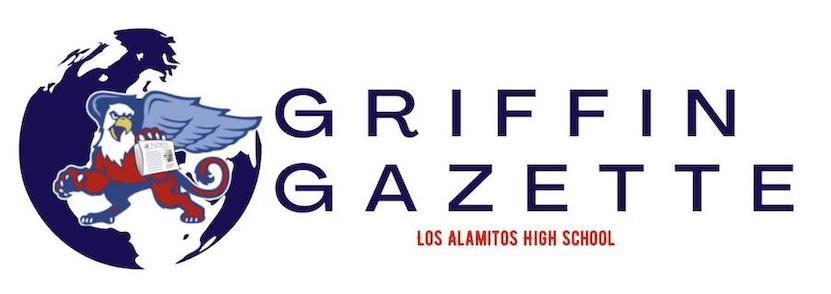




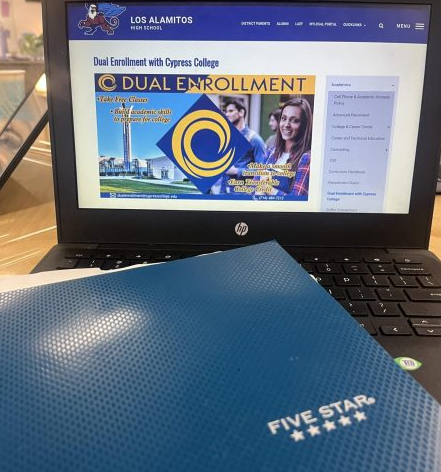
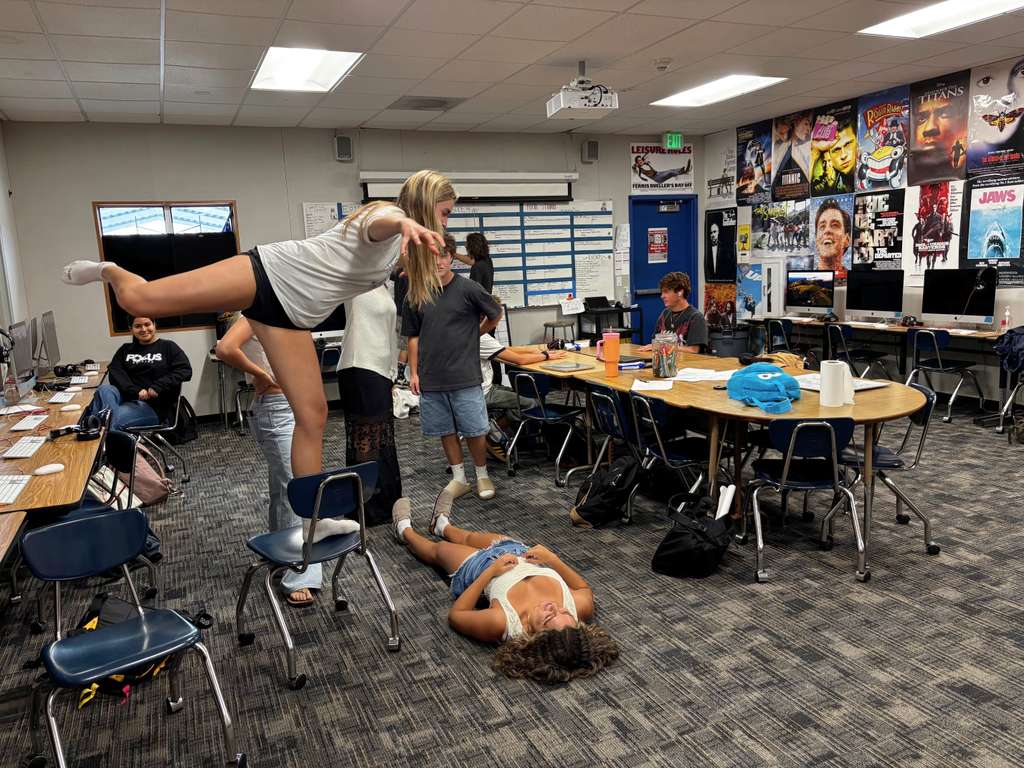
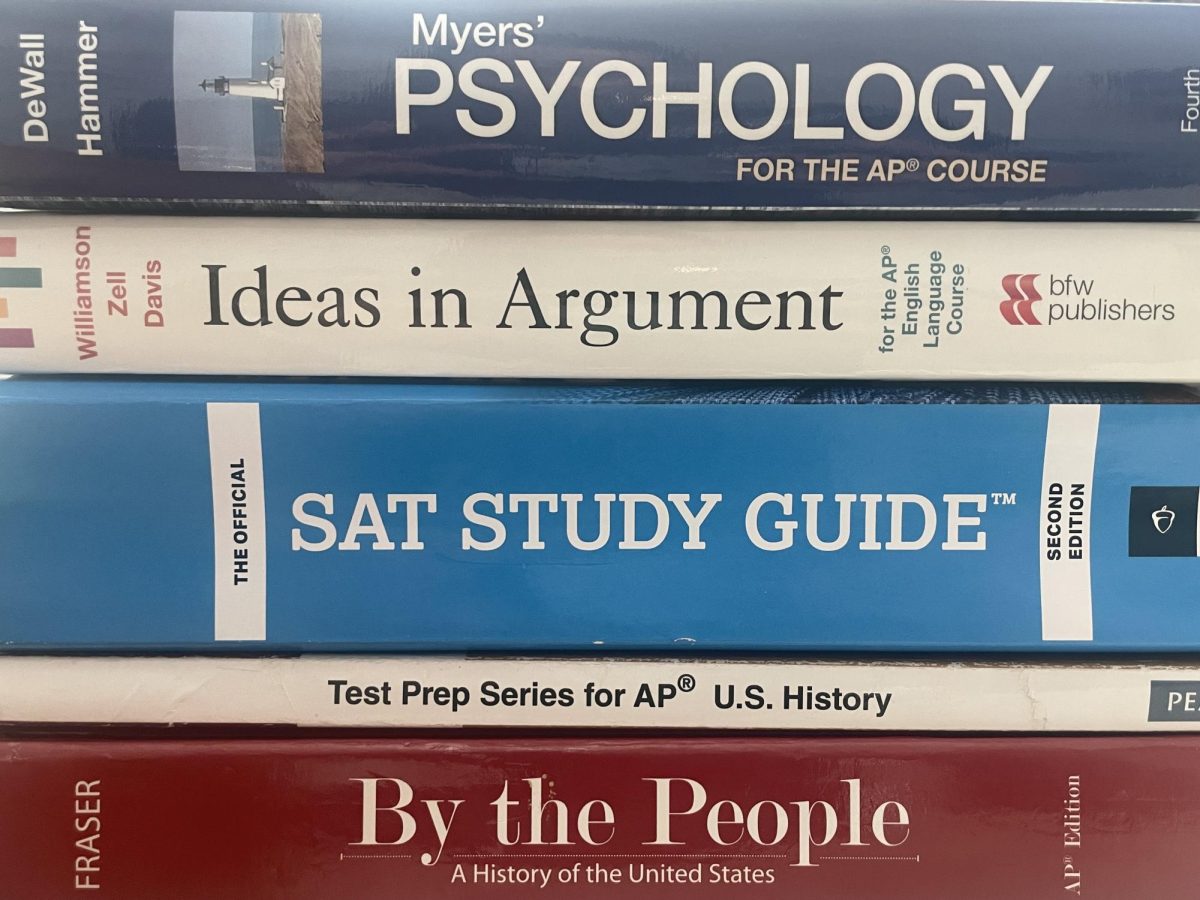






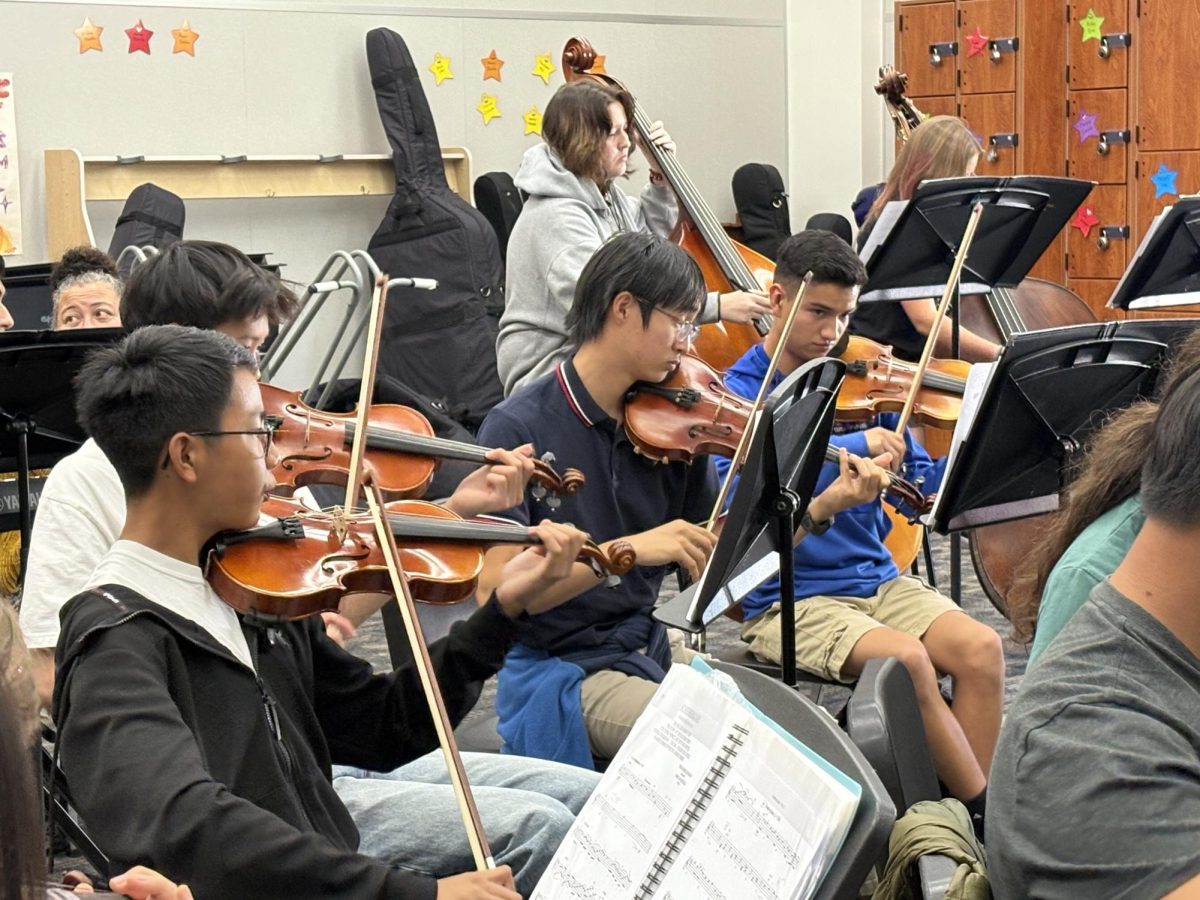
Liz Frank • Oct 8, 2024 at 12:29 pm
What a well done article Jaya! As a senior this helped me out a lot, outstanding job!
Katie Arnoult • Oct 8, 2024 at 11:28 am
This is so well-written! Definitely your best article yet! I love how you got different perspectives from LAHS students, both current and alumni. Amazing work, Jaya!!
Brooklynn De Shazer • Oct 7, 2024 at 7:19 pm
Jaya, I love how thoroughly researched this article is and the informative quotes you got! Great job!
Alyssa • Oct 7, 2024 at 7:16 pm
I love all of your amazing quotes and how you can tell how much reasarch you put into this! Great job Jaya!
Leah Oh • Oct 7, 2024 at 12:24 pm
Jaya, your article is so so well done! It’s informative and engaging at the same time. I learned so much about California’s curriculum.
Jasmine Lee • Oct 3, 2024 at 9:01 pm
Wow such a great article Jaya! The research is fantastic and one of your best articles yet. Keep up the great work 🙂
Bella Kim • Oct 3, 2024 at 8:46 pm
Unbelievably proud of you for this article, Jaya! I’m so impressed by your professional writing and all the research and great quotes. Congratulations!